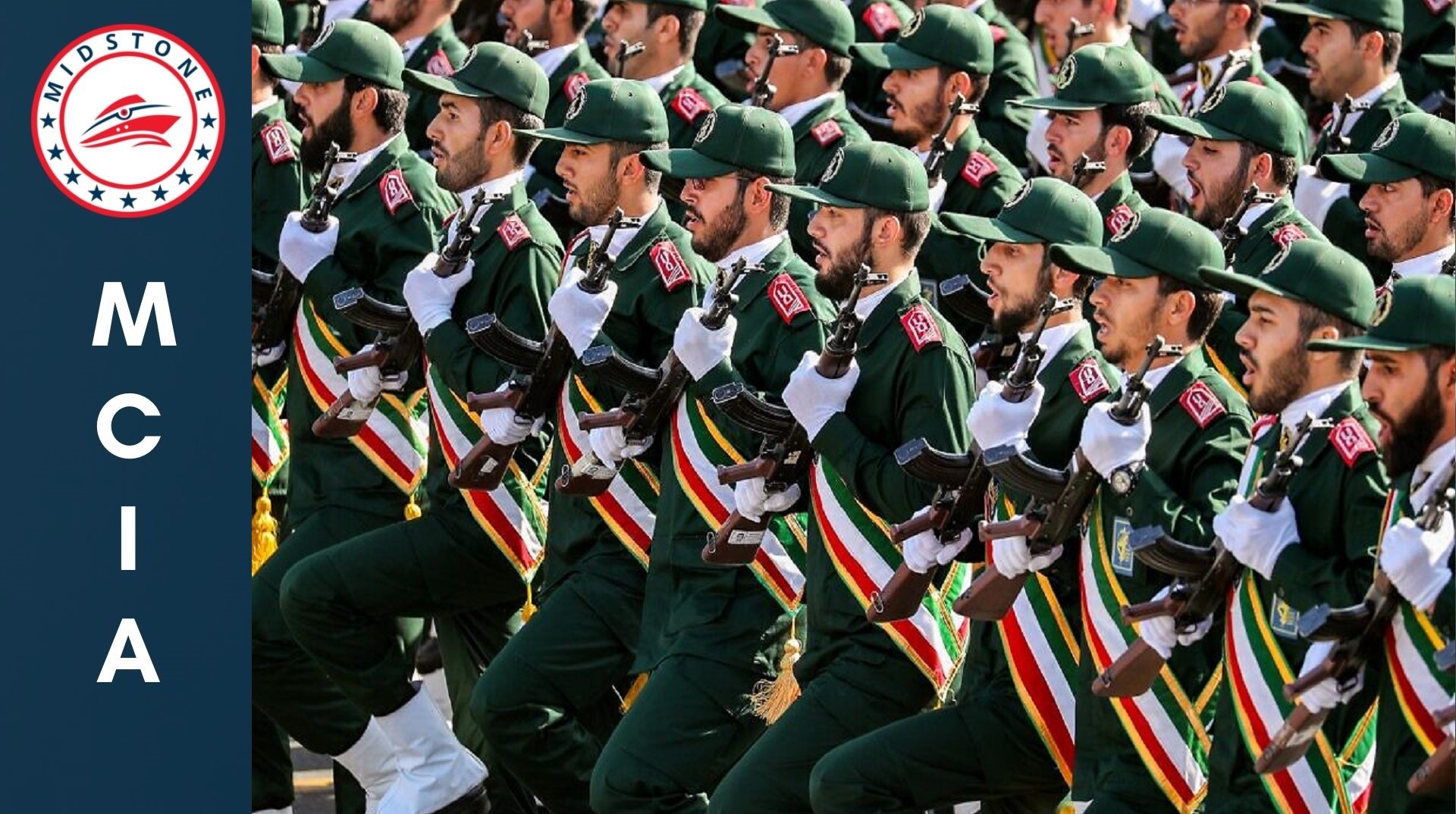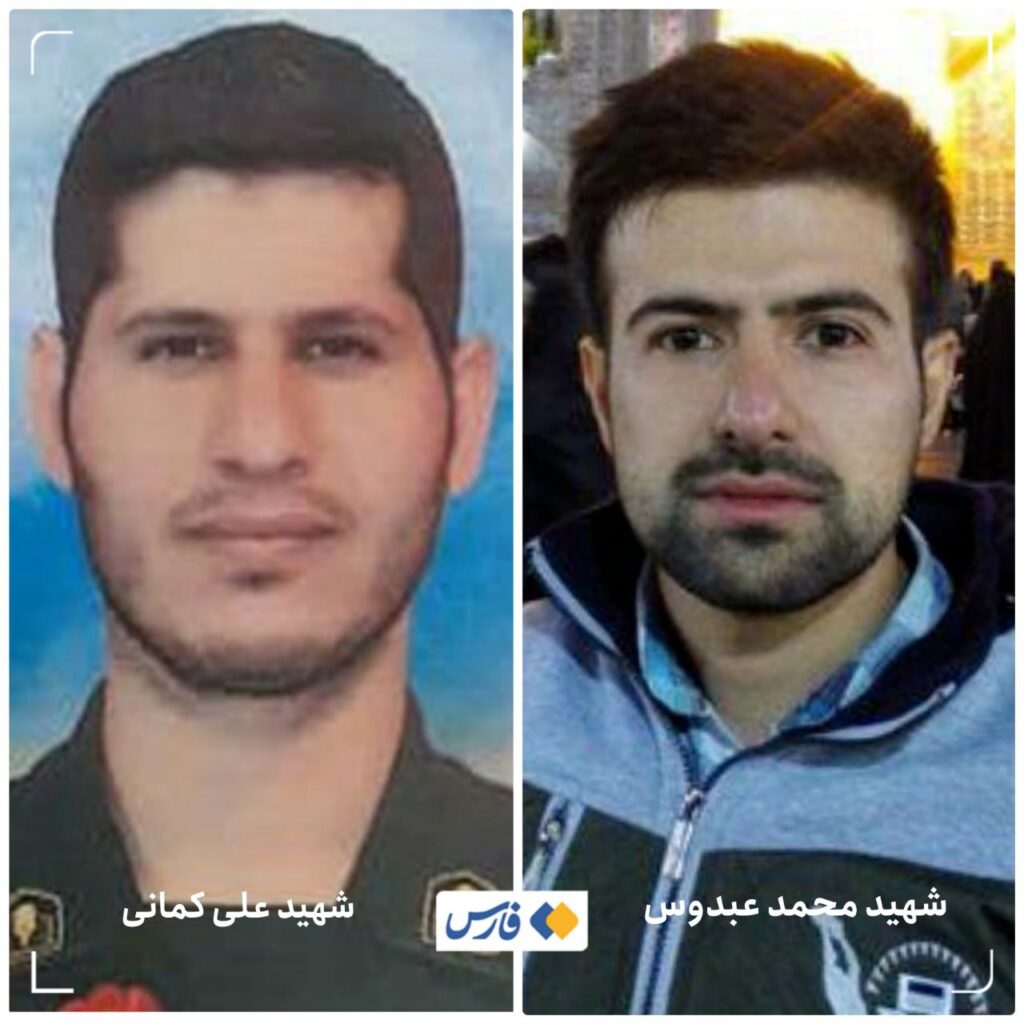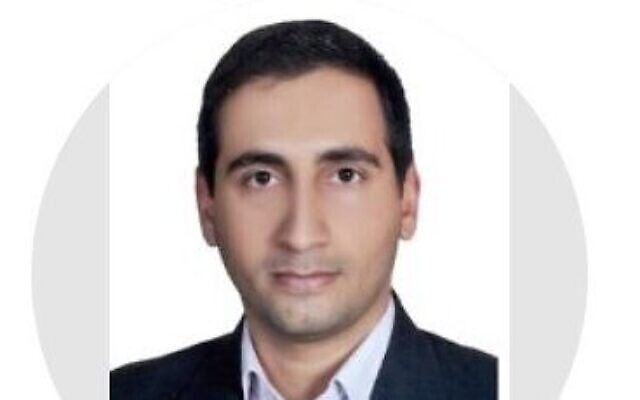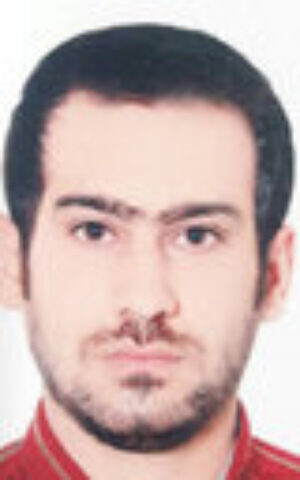
In the latest incident of its kind, two men working in Iran’s aerospace industry have died in separate incidents while on active duty, according to Iranian state media.
The Markazi province branch of the sanctioned Islamic Revolutionary Guard Corp’s (IRGC) announced in a statement on Sunday that Ali Kamani, a member of the IRGC’s aerospace division working in Khomein, located south of the capital Tehran, was killed in a “driving accident” while on an unspecified mission.

On Monday, the semi-official Fars news website, affiliated with the IRGC, reported that another aerospace worker, a 33-year-old called Mohammad Abdous, had also died while on a mission in the northern province of Semnan. Iranian defence ministry later claimed that Abdous worked for the ministry. No further details of Abdous’ death were published.
The labelling of both deaths as “martyrdoms” indicates that both men were killed.
It is worth noting that Iran’s nuclear archives that were raided by the Mossad in 2018 revealed that the regime was planning two potential nuclear underground test sites in Semnan province.
Two weeks ago, Col. Ali Esmailzadeh, a commander of IRGC’s external operations unit, the Quds Force, died “in an accident in his home,” according to state news agency IRNA.
Before that, on May 22, IRGC’s Col. Sayyad Khodai was killed outside his home in the east of the Iranian capital after attackers on motorbikes shot him five times.
A London-based Iranian opposition television channel claimed that Esmaeilzadeh was eliminated by the IRGC over suspicion of his involvement in the May 22 assassination of Col. Sayyad Khodai. However, this claim was rejected by Iran’s semi-official Tasnim news agency, which described the claim as “psychological war and news fabrication” and said he fell from the unsecured balcony of his home.
Iranian military journalist Hossein Dalirian pointed towards Mossad in a tweet, saying that it seemed its agents were involved in the assassination.
IRGC accused “Zionists” of carrying out the assassination of Khodai and vowed revenge, while calling the assassination a “criminal terrorist act of the counter-revolution and elements related to global arrogance,” a term often used by Iran to refer to the US and Israel.
The New York Times, citing an anonymous “intelligence official briefed on the communications”, reported that Israel told the United States that it was behind the killing of Khodai.
Iran’s state media said that Khodai was a member of the Quds Force and that he was “known” in Syria, where Iran has acknowledged deploying “military advisers.” IRGC described Khodai as a “defender of the sanctuary,” a term used by Iranian state media for those who work for Tehran’s interests in Syria or Iraq.

On May 31, an aerospace engineer Ayoob Entezari died under suspicious circumstances. According to an Israeli media report, Entezari had worked on Iran’s missile and drone programmes and he had been poisoned at a dinner party, and that the host had fled the country.
Iranian authorities denied that Entezari was an aerospace engineer or that he had a prominent job. The judiciary in Yazd, where he died, said he was an “ordinary employee at an industrial company” who died from an unspecified “illness” at a hospital and wasn’t related to IRGC.
But photos and videos from 2019 showed him meeting with Iran’s former president Hassan Rouhani. His university also said he was an aerospace engineer, the New York Times report stated.

Kamran Aghamolaei, a 31-year-old geologist, went to Tabriz on a business trip, after which he traveled to Tehran, where he became sick with severe nausea and diarrhea. His organs failed and he died on June 2, according to the New York Times report.
The Tarbiat Modares University in Tehran, where Aghamolaei was a doctoral student, released a statement saying he had died of a heart attack. There were no other official statements.
Meanwhile, Israeli media and some Persian news outlets based outside Iran claimed Aghamolaei worked at the Natanz nuclear facility, which his friends denied, The New York Times reported.
On May 26, Iran’s defence ministry confirmed that an engineer, Ehsan Ghadbeigi, had been “martyred” and that another person was injured in an “accident” at the Parchin military complex near Tehran. The New York Times reported at the time that Ghadbeigi was killed in a suspected Israeli drone attack.
Iran reportedly targeted Israeli civilians in Turkey, while Israel has issued warnings about Iran’s nuclear program and reportedly bombed Iran-linked targets in Syria.
Israel’s Channel 13 reported Monday that several Israelis visiting the Turkish city of Istanbul were whisked out of the country last week by Israeli security officials, who were acting on intelligence showing that the visitors were at immediate risk from Iranian assassins. Israel’s National Security Council proceeded to raise the warning for Istanbul to level 4, the highest, meaning Israelis are explicitly told not to visit and to leave if they are already there.
Israel’s Prime Minister Naftali Bennett warned in a recent interview that Iran was drawing “dangerously close” to producing nuclear weapons, and called on the global community to join Israel and ramp up pressure against Iran’s nuclear program and ambitions.
